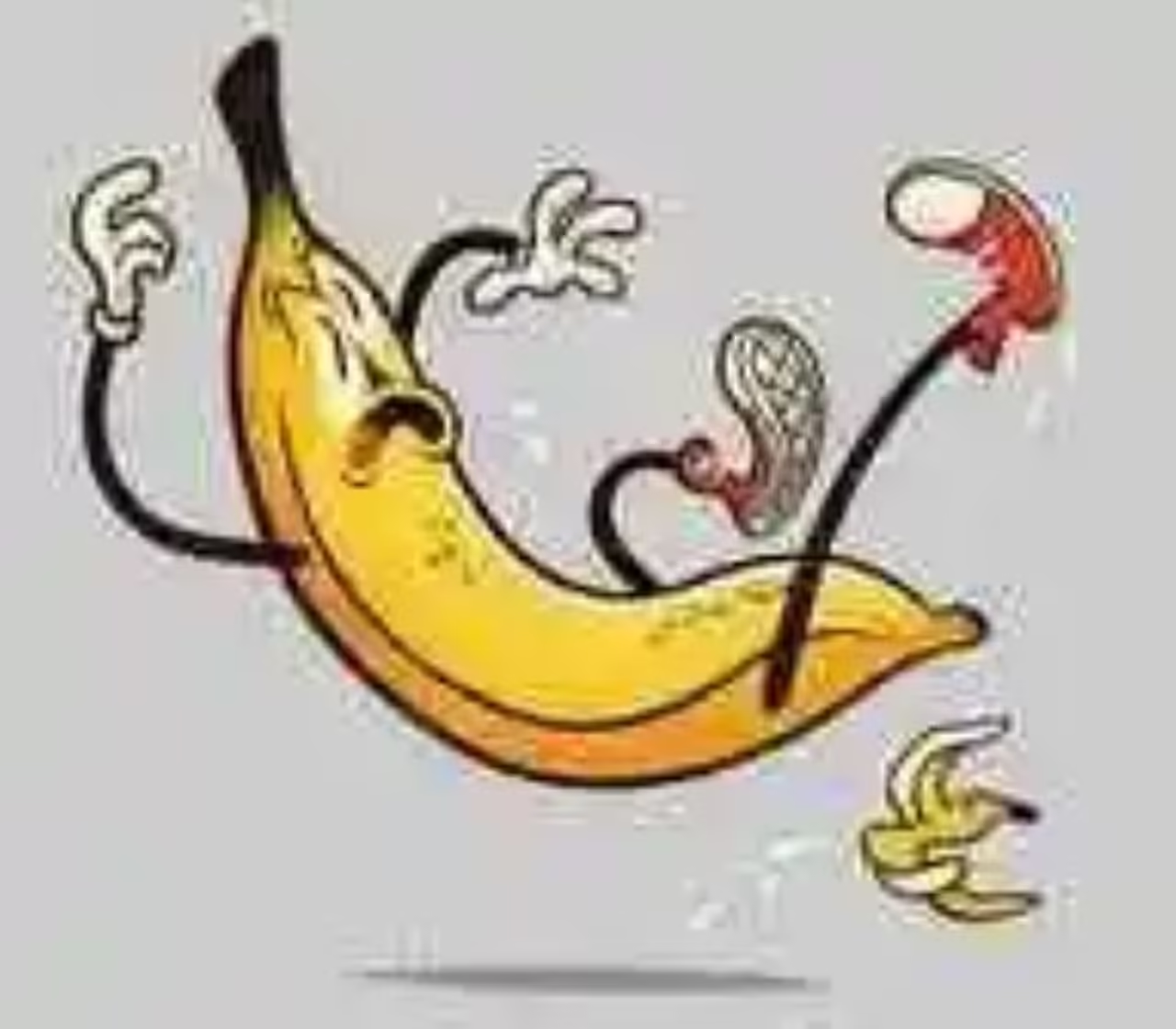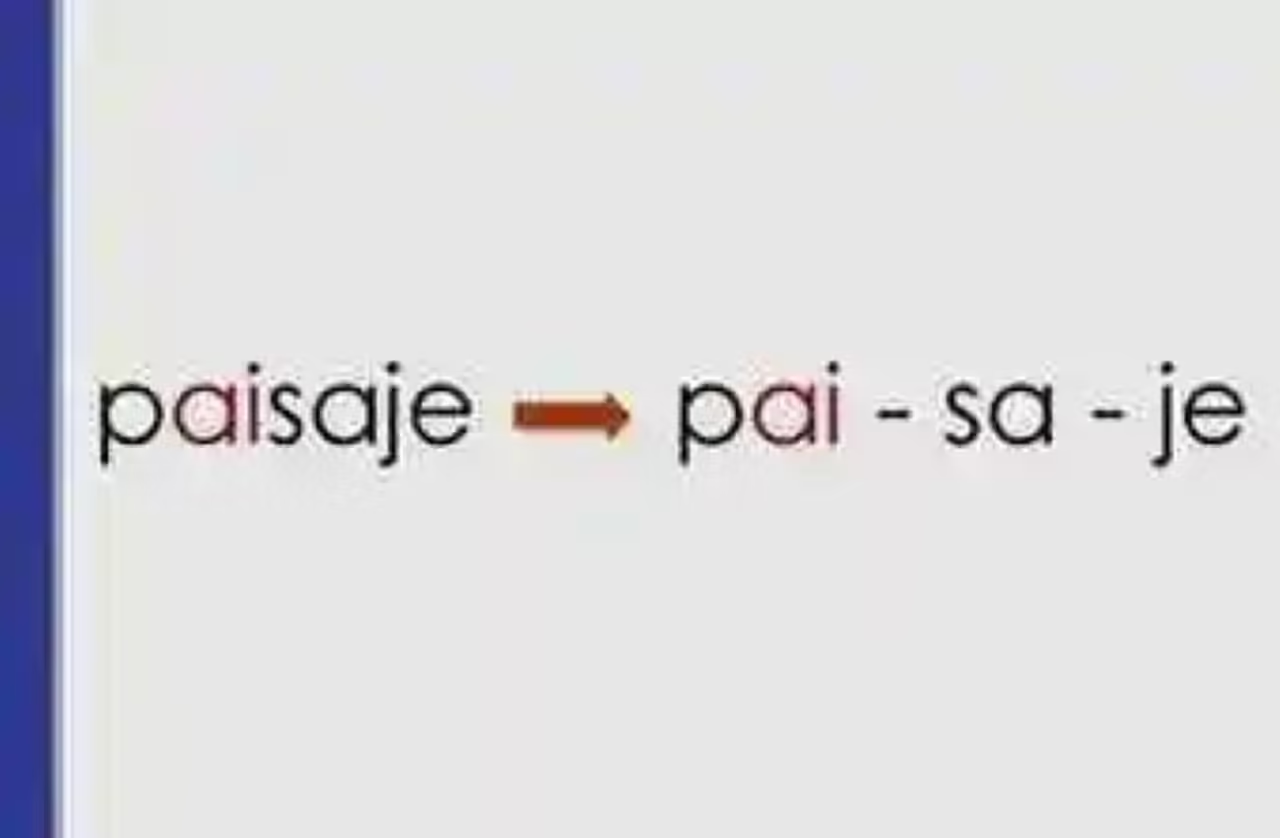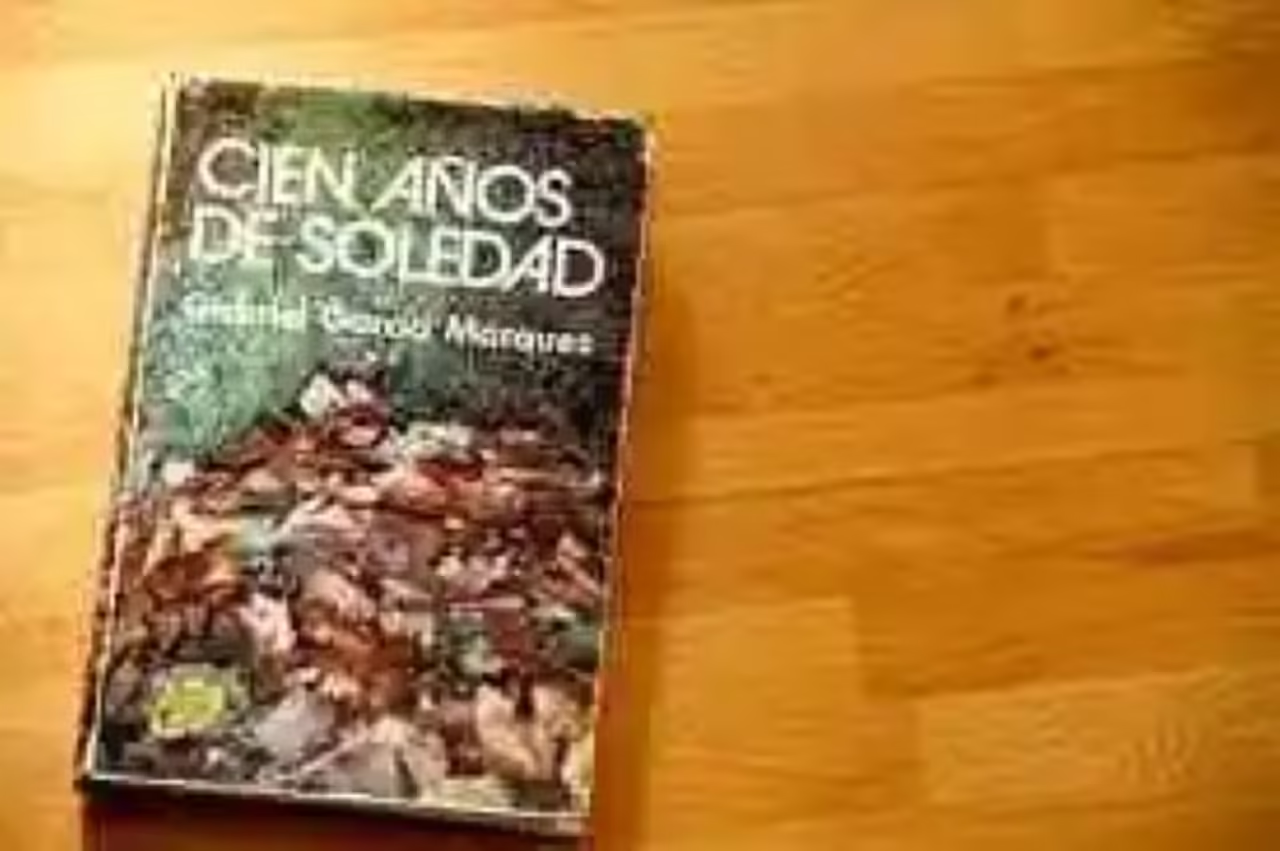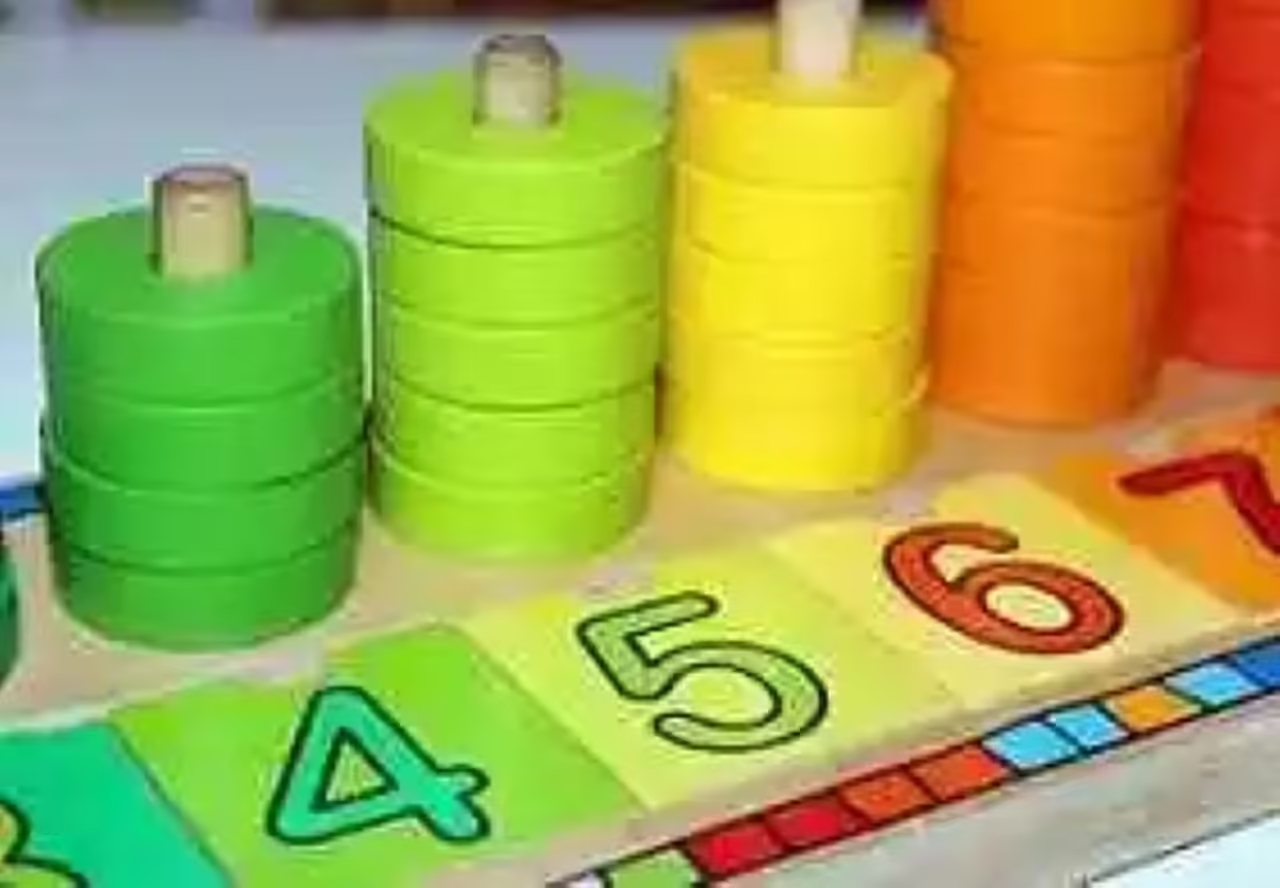The personification is a literary figure and a poetic that is attributed to inanimate beings (such as stones, things, tables, chairs, etc.), as well as a life (like plants or animals) characteristics that, by their condition, can´t be perform and that is more typical of the people.
10 examples of personification
In this sense, to personify means to make a person similar, or as a person. In this order of ideas, the stones can speak, the plants can sing, etc. In the fables, in stories for children,in children’s literature, the use of these resources is very common.
But we see some examples of it:
The earth is crying.
We are silent.
(Pablo Neruda)
In this case the ability to cry has been attributed to the earth, something that can not really be done, and that only human beings do (well, and sometimes the animals also cry when they have a pain … yes I have seen it mourn for the loss of your loved one).
How the zumaya sings
Oh, how the tree sings!
(Federico Garcia Loca).
Something similar happens in this case, but now the earth does not cry but the tree sings.
But if it is the question of creating our own personifications, it is very easy: what things can a human do? For example: brush your teeth, comb your hair, talk, scream, run, rest. Well, let’s try now to put this in inanimate things, in plants or animals:
The tortoise then gave me this wise advice:
Happiness is not on the outside, but on the inside.
Then we hugged and cried.
The igneous stone brushes its teeth,
Every morning when he gets out of the sun he brushes and then he dances.
How I like to see that dance and its white laugh!
In both paragraphs we have a double personification.
Thus the trees run by the wind, as well as with their hair.
Beautiful personification, right? Let´s see the three missing:
The dog sat down at the table and put on a corner. They were talking like two great friends.
The banana was imposed when the pineapple told him it was beautiful.
The wind made him a vengeance and stopped blowing to give way.








